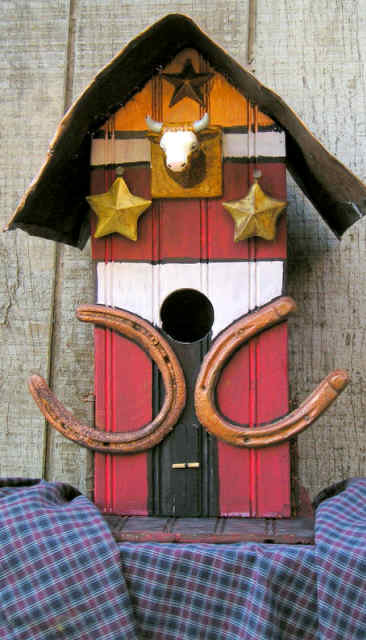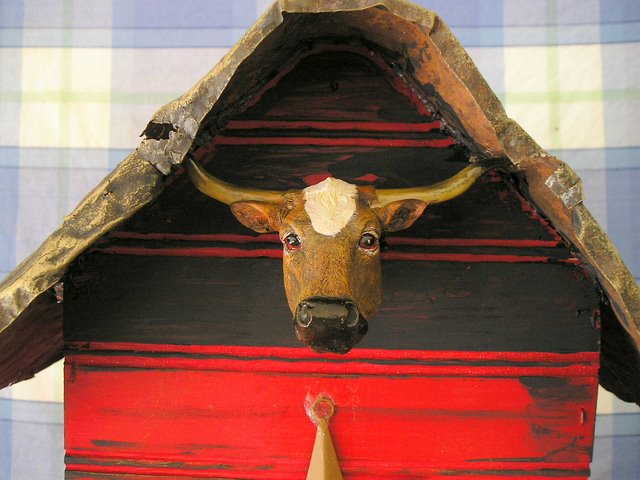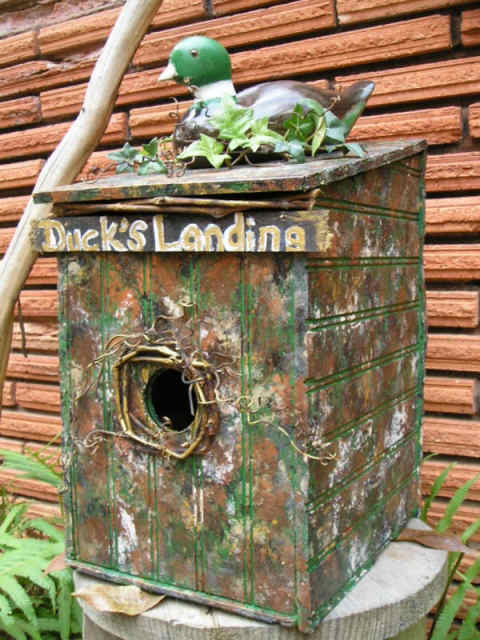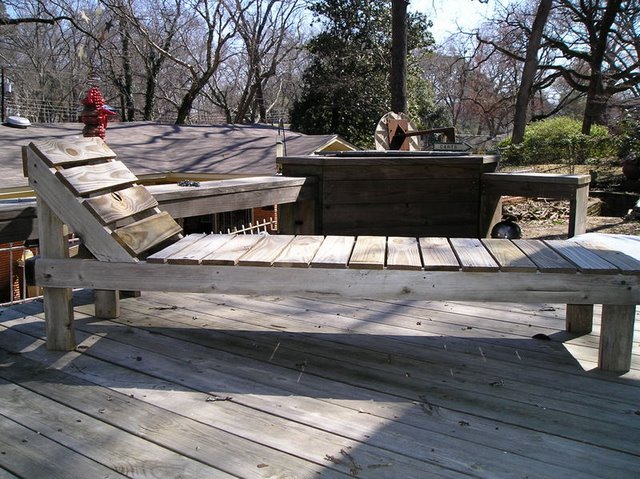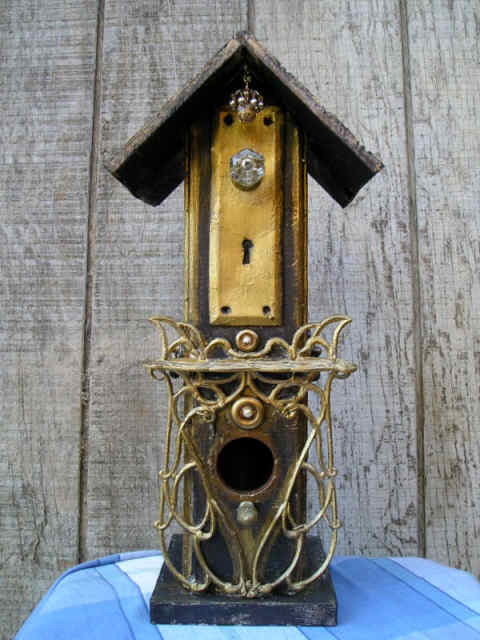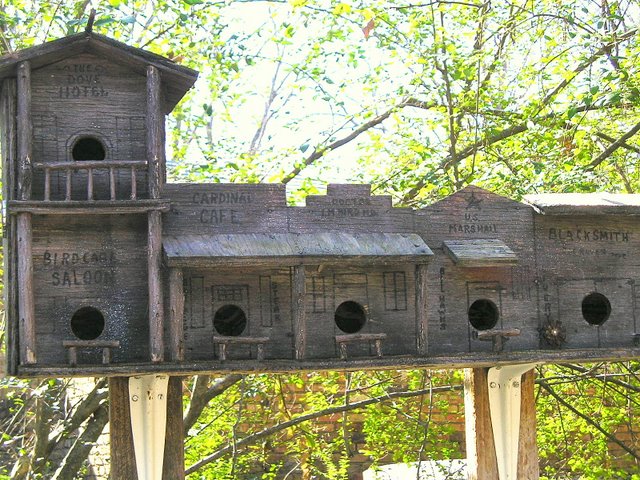
Martha Roberts, or Marty to her friends, is definitely a latecomer to woodworking. In fact, she sees herself as just starting out, but in spite of that, she’s managed to develop her own niche, and parlayed it into a working business.
“The first thing I ever did on my own,” Marty recounted, “was repair the end of a gable on our house. That was about six years ago. I was cleaning it and came across a piece of rotten wood that I thought would be easy enough to repair. As it turned out, it was tougher than I imagined. I figured it to be a 45-minute job, but it took two days.
“Around the same time, I asked my father to build me a birdhouse. Being the wise man he is, he told me to come on over and he would show me how to do it instead of doing it for me. As a true Southern female, learning to use power tools had never crossed my mind. We made three birdhouses together that day, but in addition to teaching me, he had a shiny new circular saw waiting for me when I arrived. It was my first power tool, but certainly not my last.
“My parents had divorced when I was young, and it seemed that no one in my house knew how to do anything with their hands. One thing that had piqued my interest in high school was when I restored an old Singer sewing machine with my father as a school project. That’s what first got me interested in wood. However, I got married at 19 and had three kids, so there was no time for hobbies. Of course, I did the odd painting and repair jobs around the house, but that was all.
“Woodworking is not a really big thing for women to do around here, and female woodworkers are regarded as a bit odd. Recently I went to UPS to ship some of my work, and when I told them I made the pieces, they had a hard time believing me. My daughters don’t do woodworking, but they are very supportive of what I do. At first my husband was leery of me using power tools, but once he found I could use them safely, even he came on board. Lately I have gotten my grandchildren involved in woodworking, and have them making simple garden art pieces.
“When Christmas rolled around the next year, I built birdhouses for everyone on my list. For myself, I made a wooden chaise lounge from a pattern I found in a magazine. After Christmas, people who had seen my birdhouses started asking for custom pieces, and I started making them.
“The Internet has become a huge resource for me as far as learning techniques is concerned. I do rustic furniture as well, but it is the birdhouses that have taken off. About three years ago, I started a website to show some of my work. Quite unintentionally, it has become a business, and now is my full-time work. For the most part, my customers come via word of mouth. Being in Texas, many of them want Texas-themed items. One customer took a large Texas flag painted on a piece of wooden fence to Australia as a gift.
“At times I try to make the birdhouses reflect the personality and interests of the person destined to receive it, but often people will order several birdhouses and ask for various themes. Hunting is big around here, so that’s one theme that is common. Sometimes the pieces take on a life of their own. I started one using Louisiana State University colors, but it eventually morphed into a Mardi Gras theme. Obviously, they are made to go outside, but some people decide theirs is too nice to be outdoors. One customer ordered seventeen birdhouses as gifts to clients and not a single one went outside.”
Marty is proud of being green, and is a big supporter of Habitat for Humanity, which ironically makes houses not for birds but for humans. “Everything I use is recycled,” she told me. “The wood can come from old fences, broken furniture and even leftovers and cutoffs from contractors and buildings. Whether a house is being put up or torn down, there’s wood to be had. I also incorporate hardware, metal odds and ends from the Salvation Army or from estate sales, and even items reclaimed from the trash. I’ve even used old jewelry, Christmas ornaments and even a broken part from an easel.”
Though it has become a viable business, Marty credits woodworking with a far more significant role in her life. “About 10 years ago,” she explained, “I was exposed to a chemical at work that affected my speech and coordination, and left me physically impaired for years. For a while I was almost comatose, and could not even speak normally. For me, woodworking has been a wonderful outlet that has given me a newfound confidence. I credit a lot of my healing to woodworking.”
